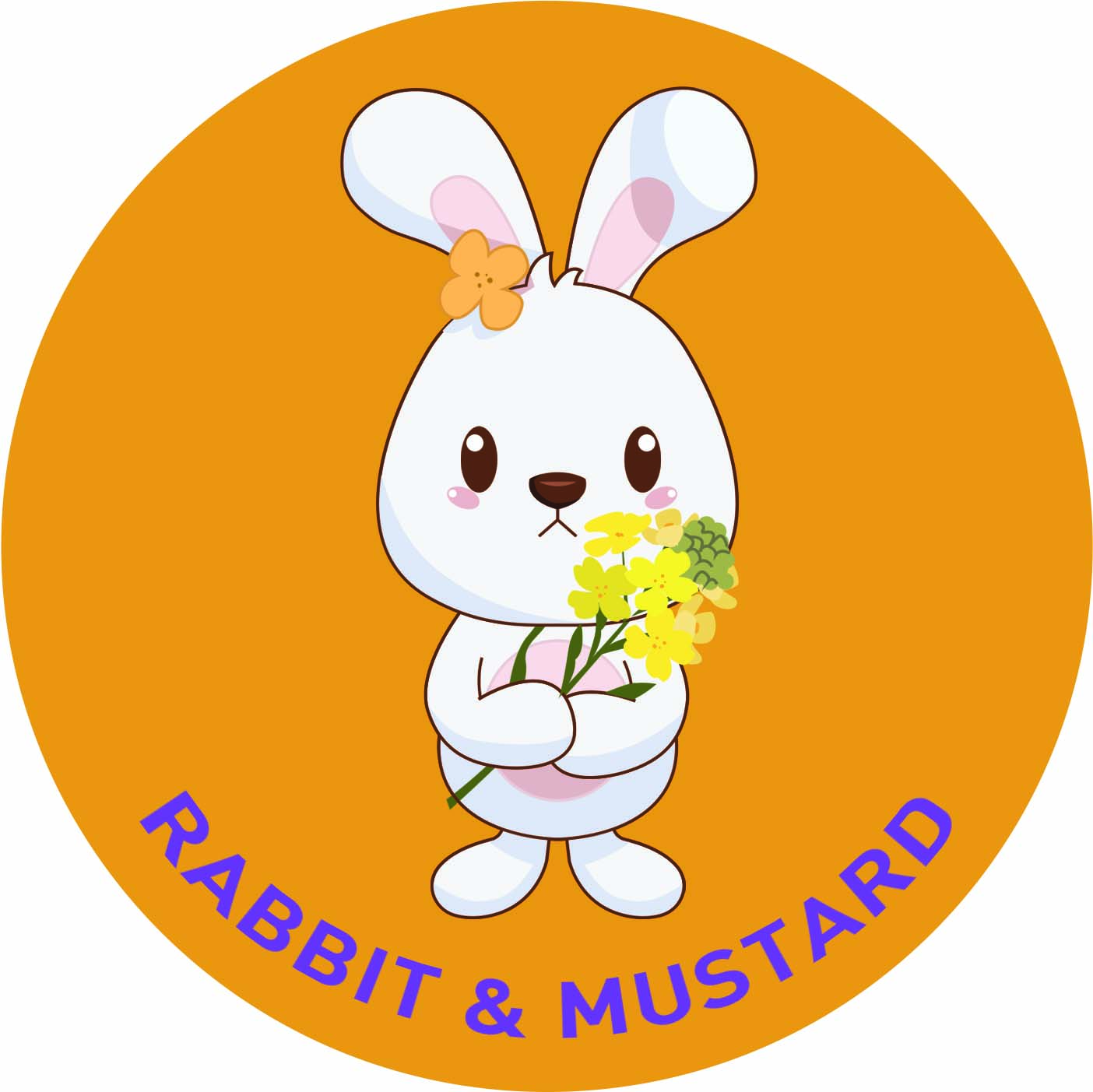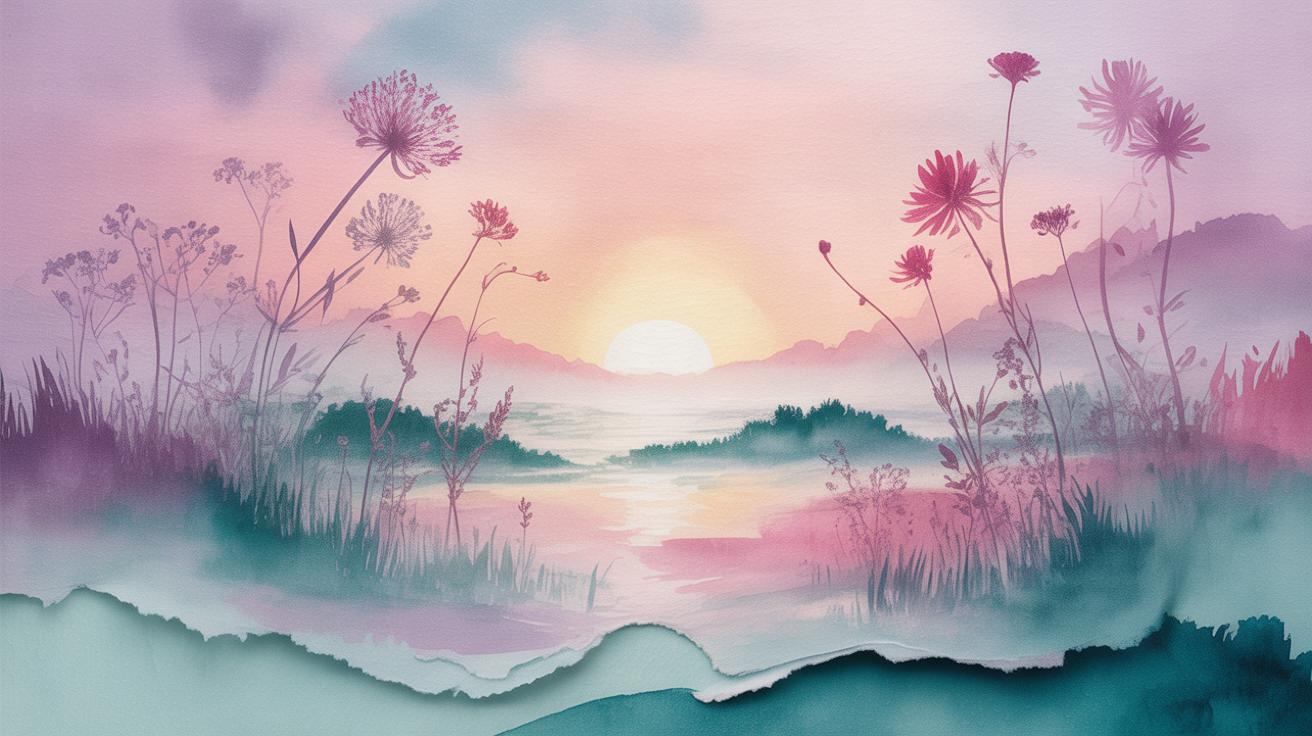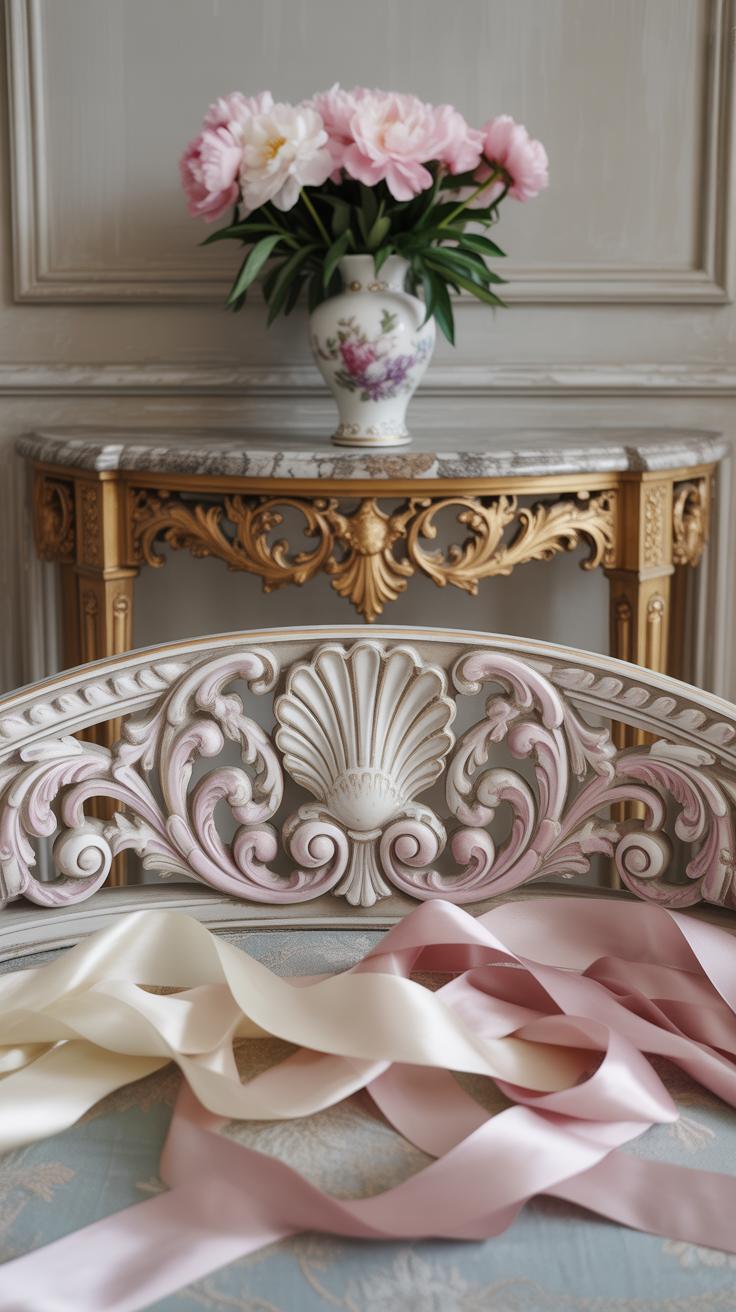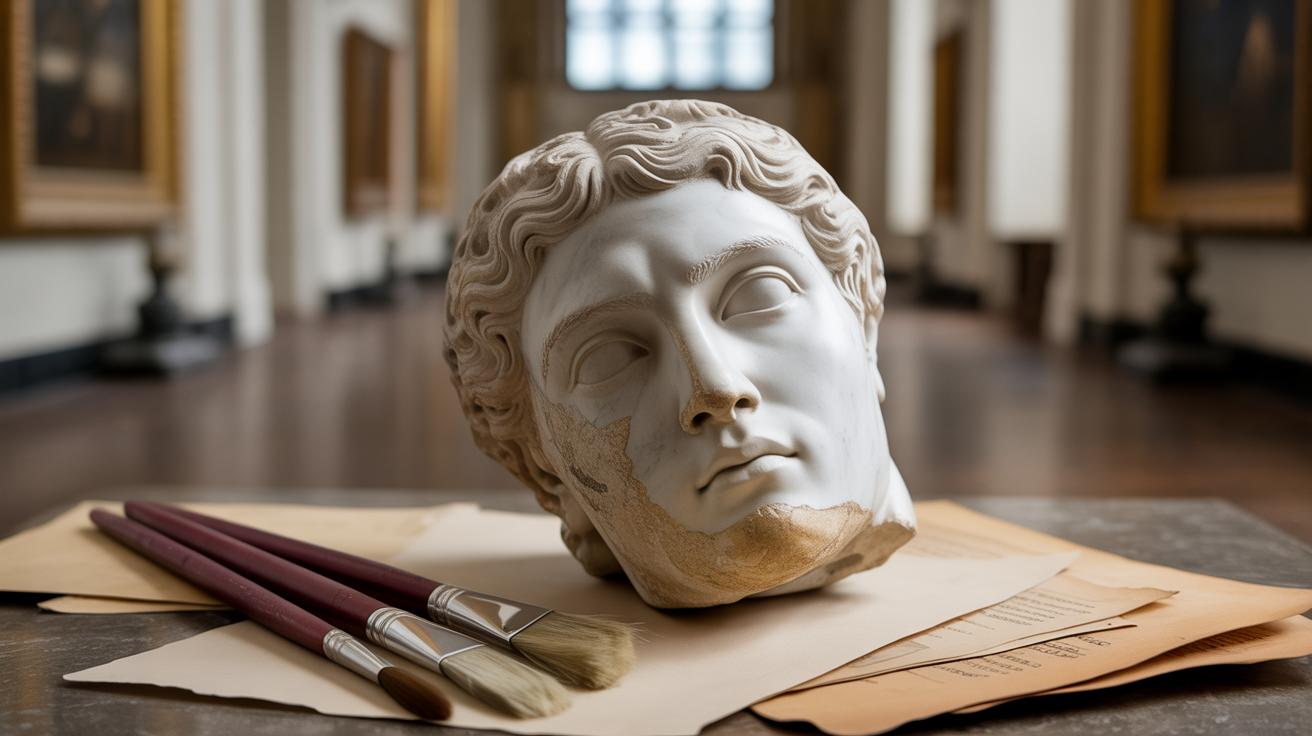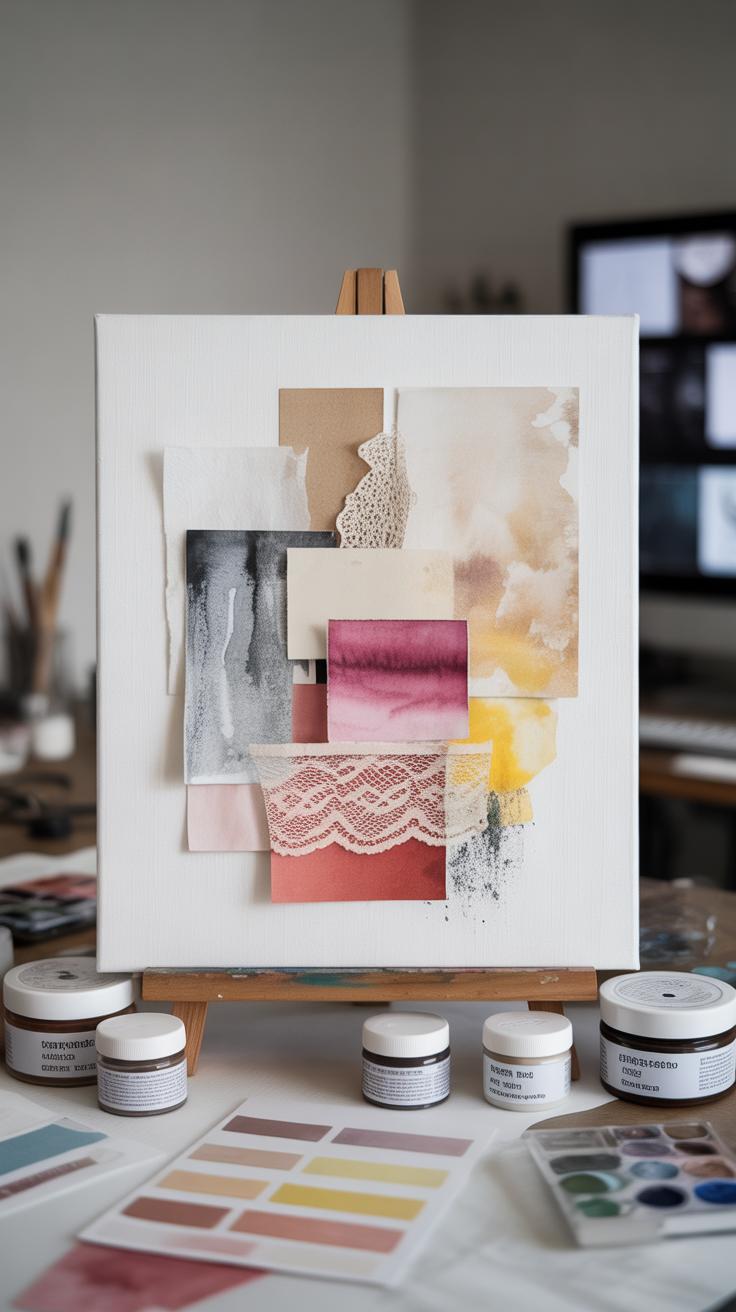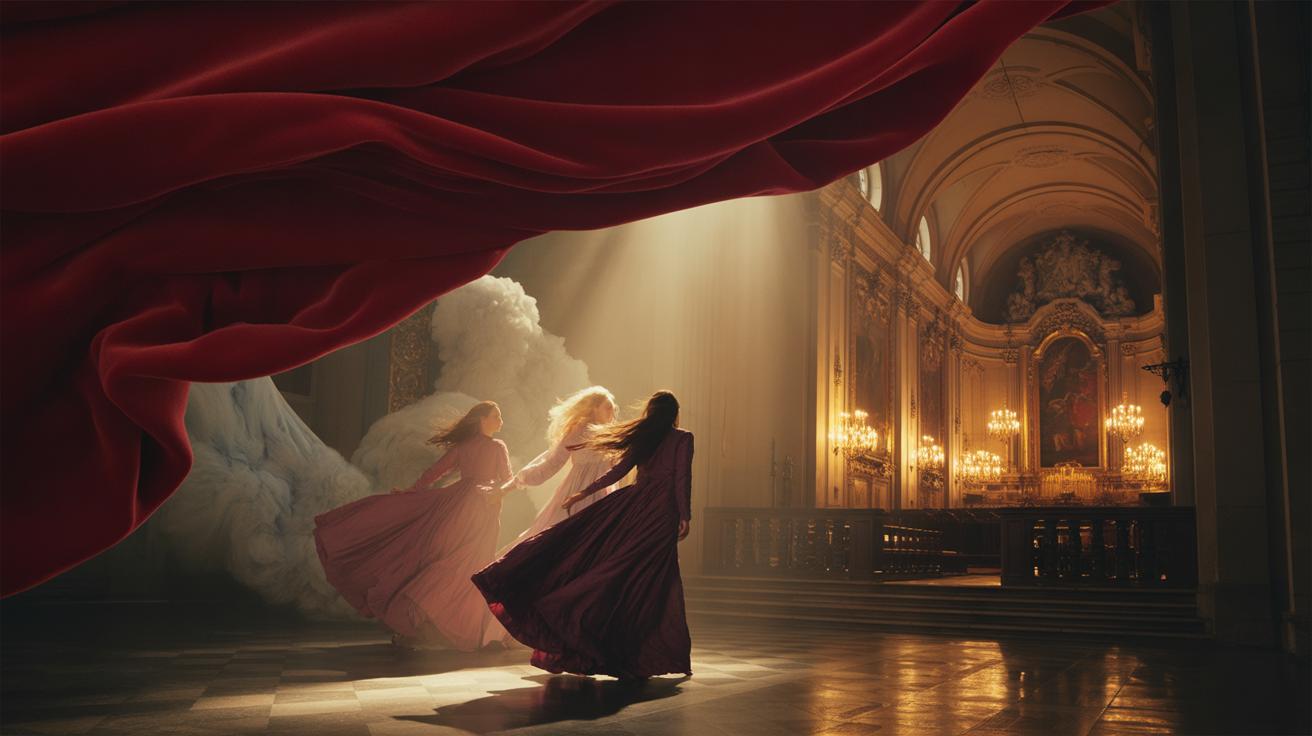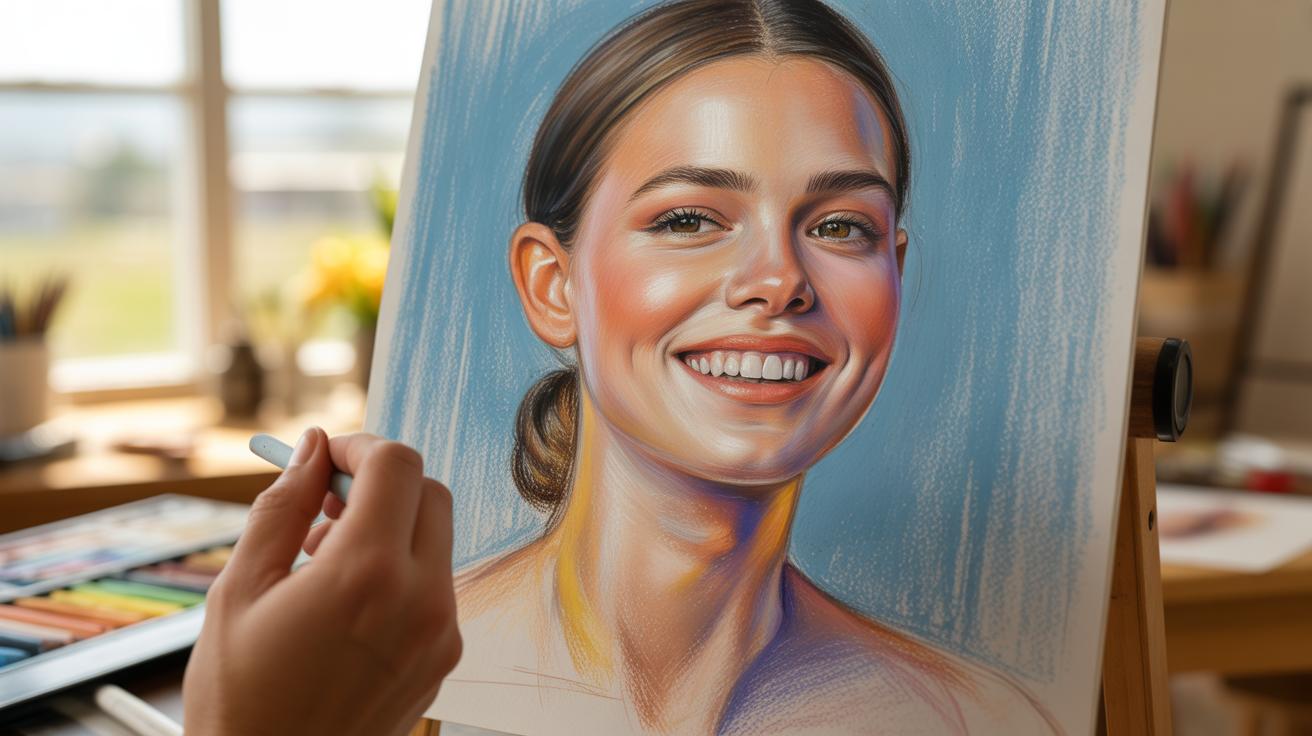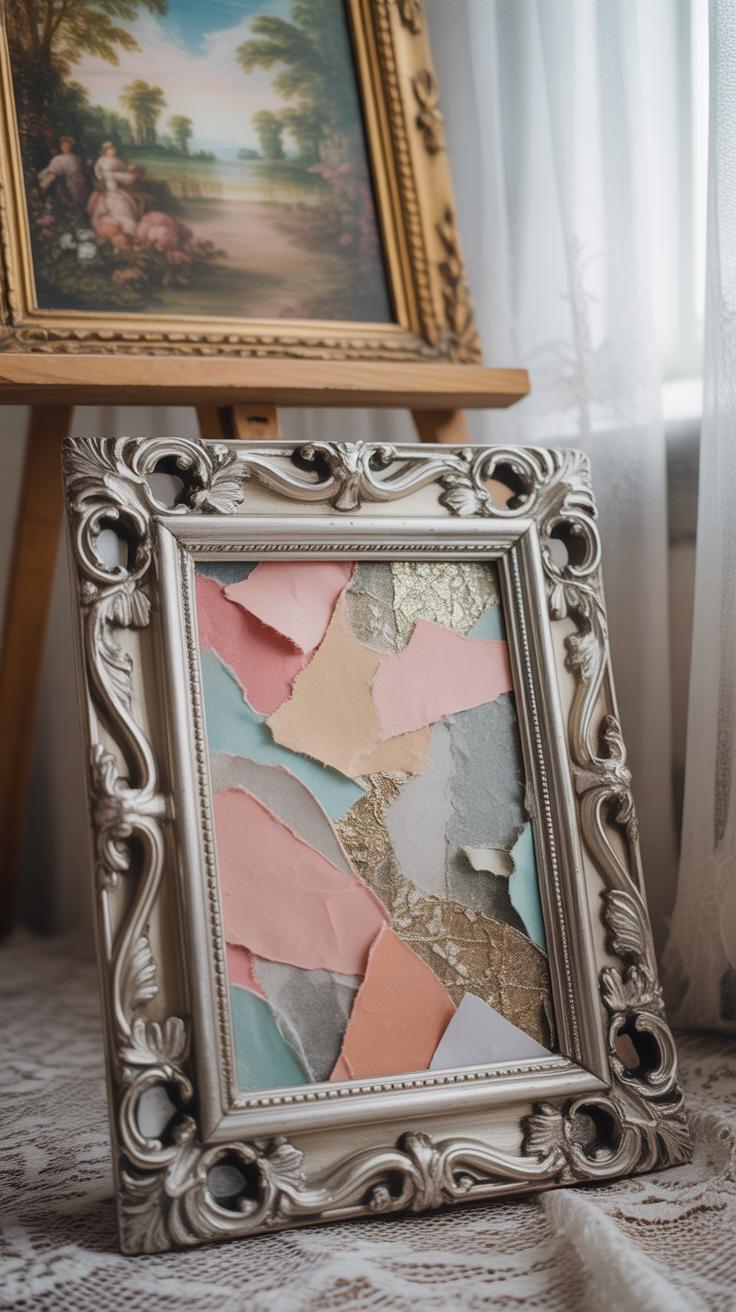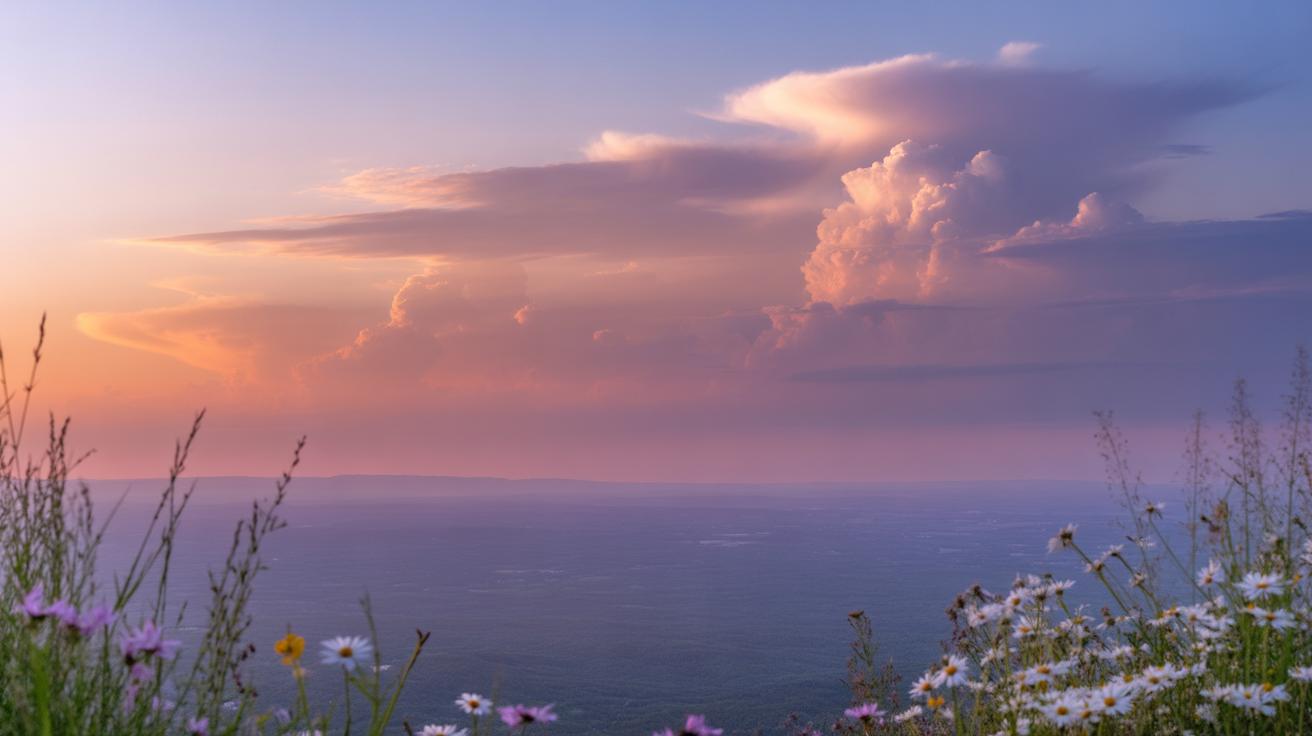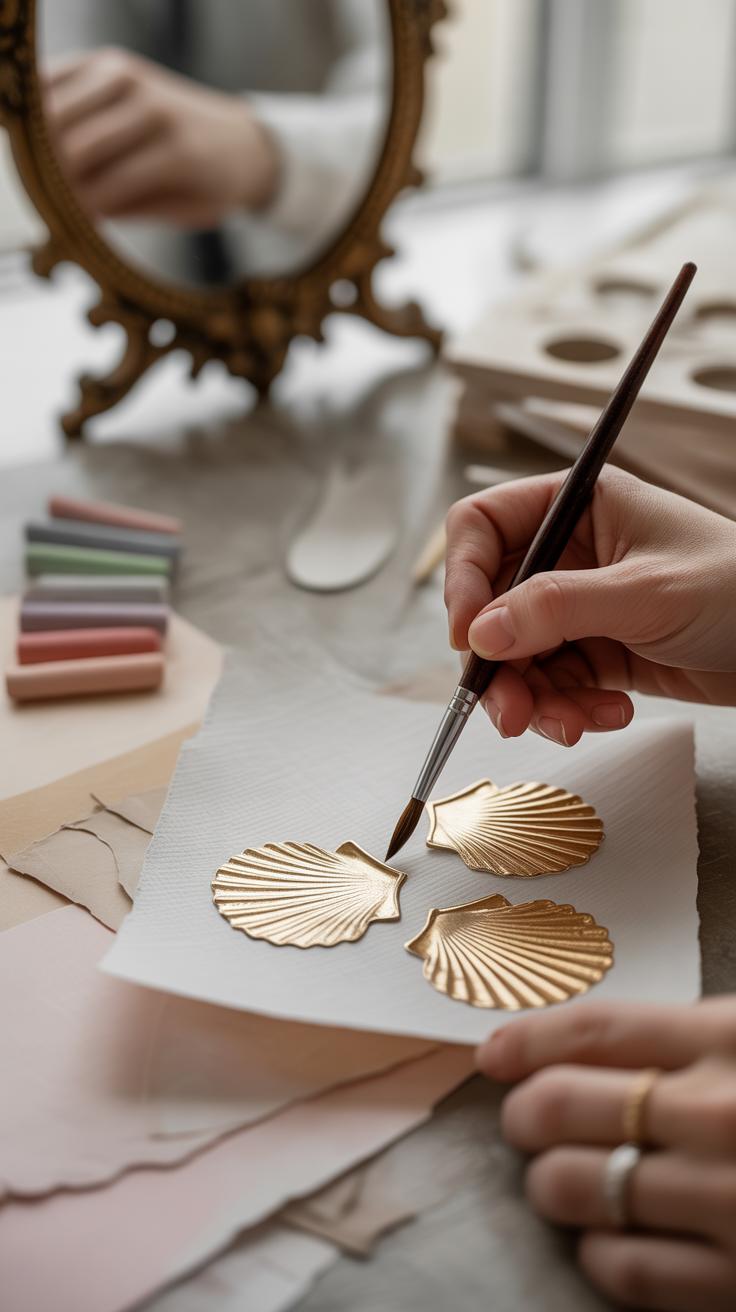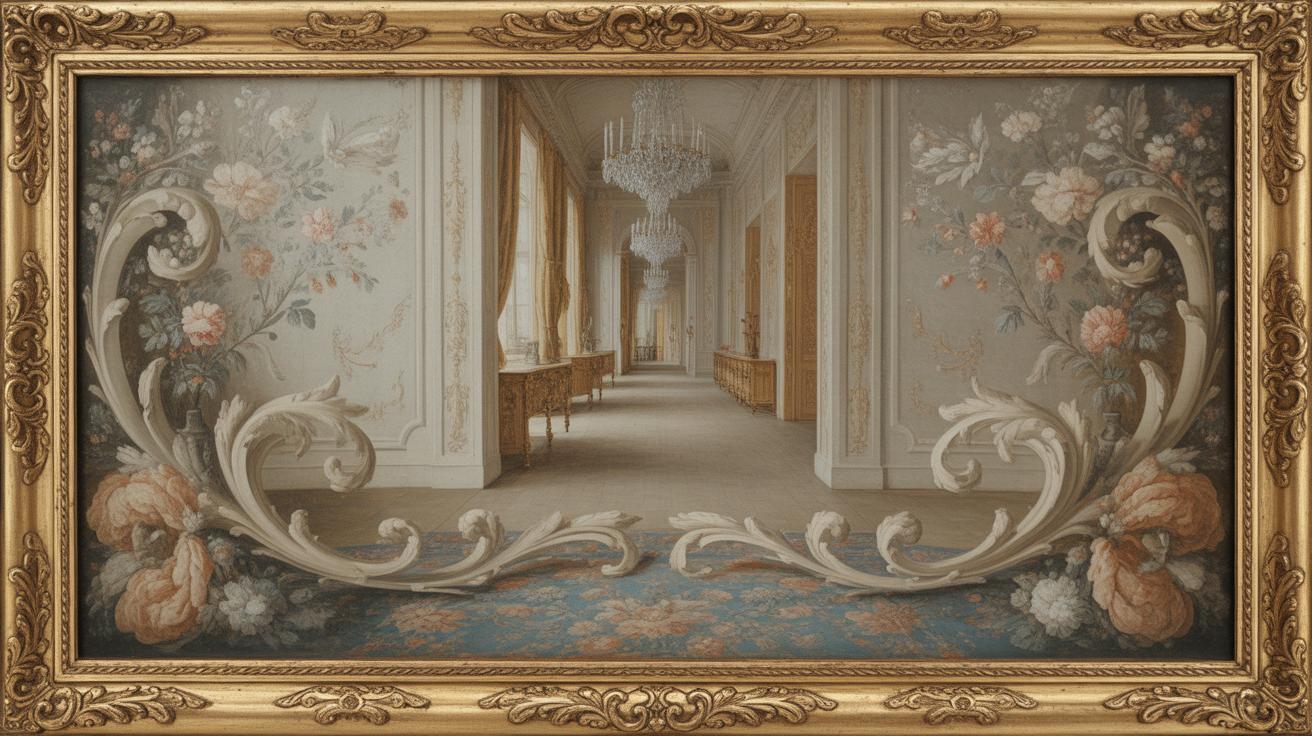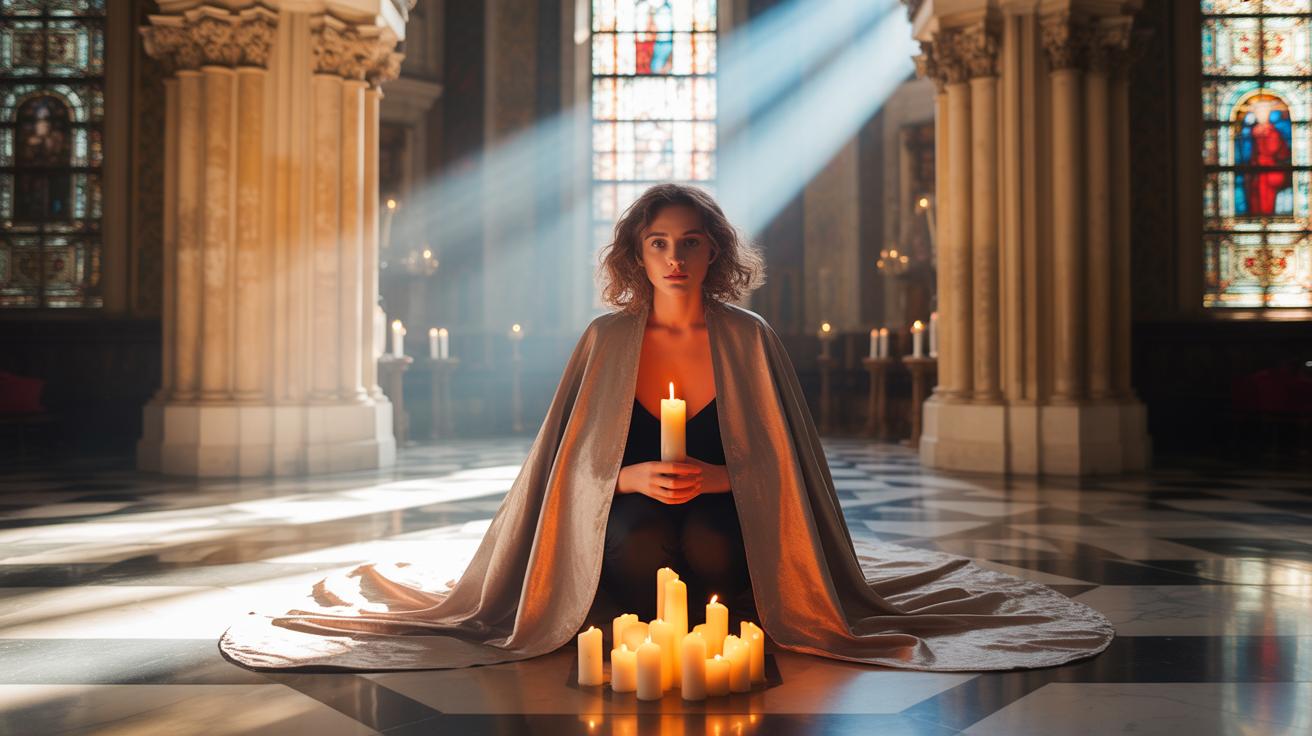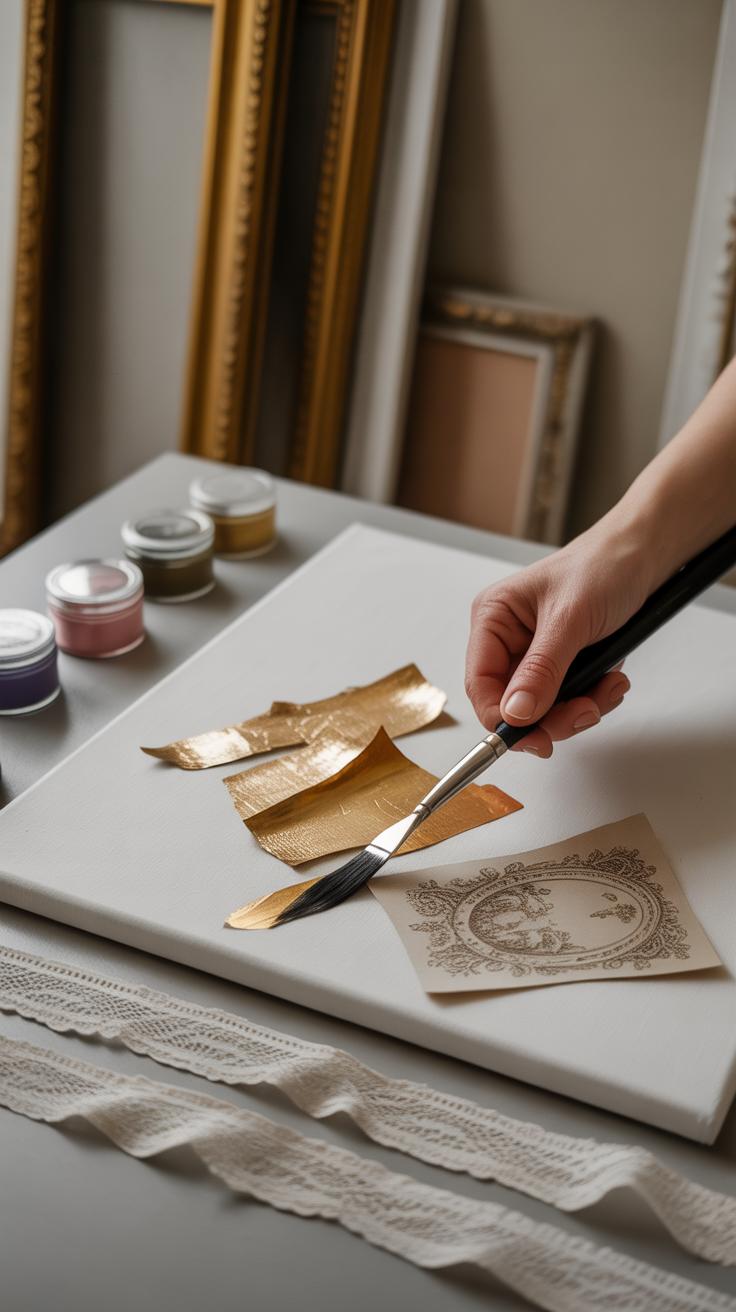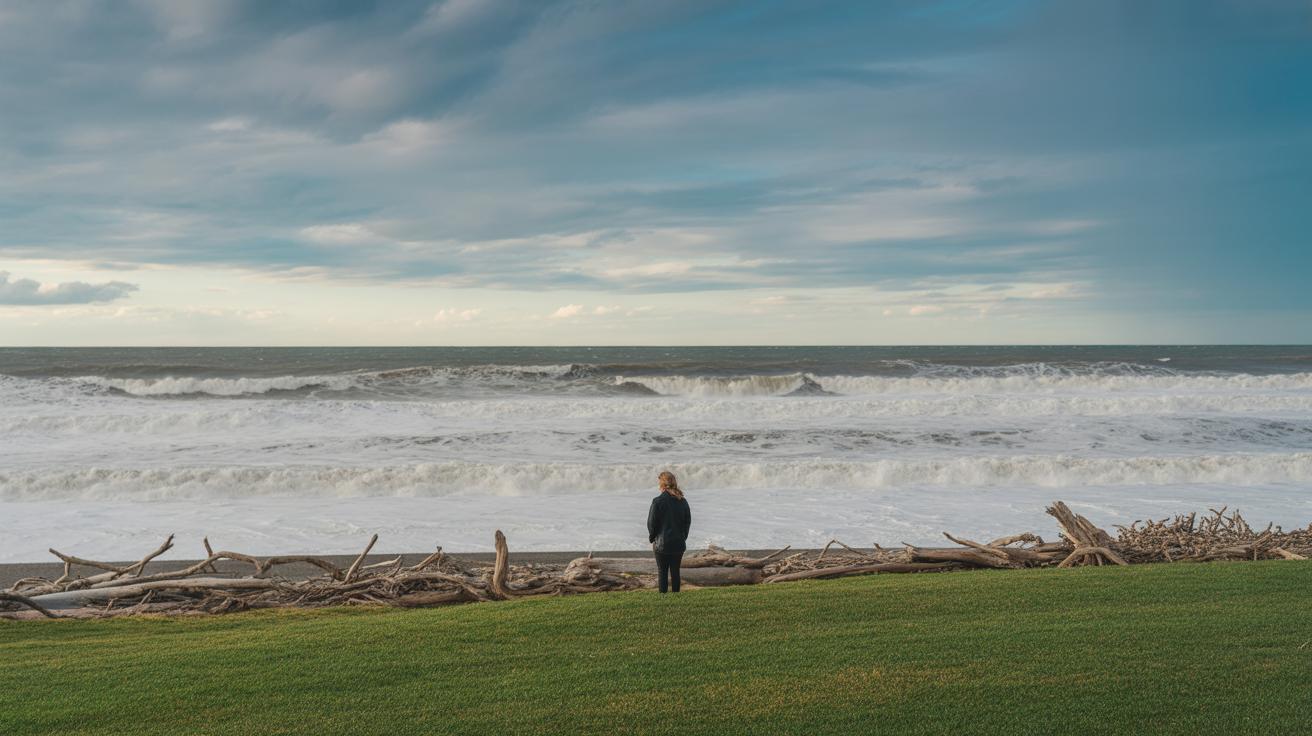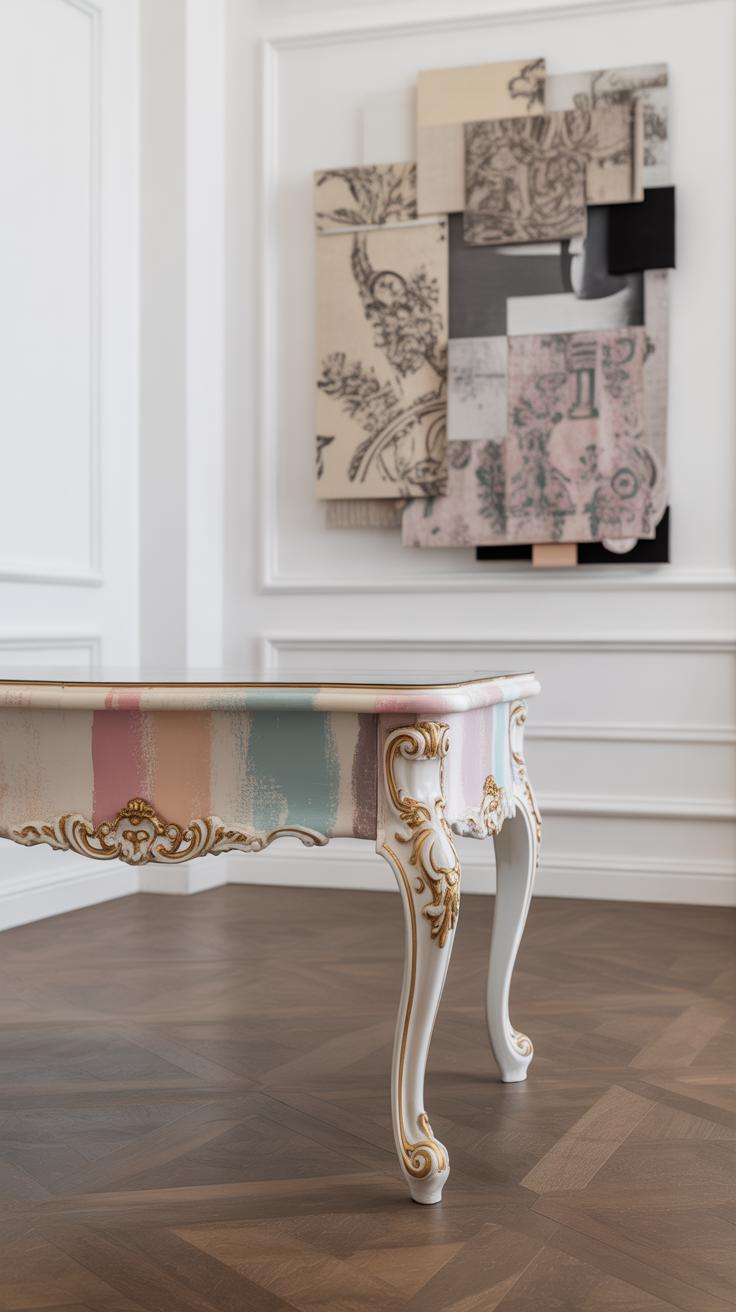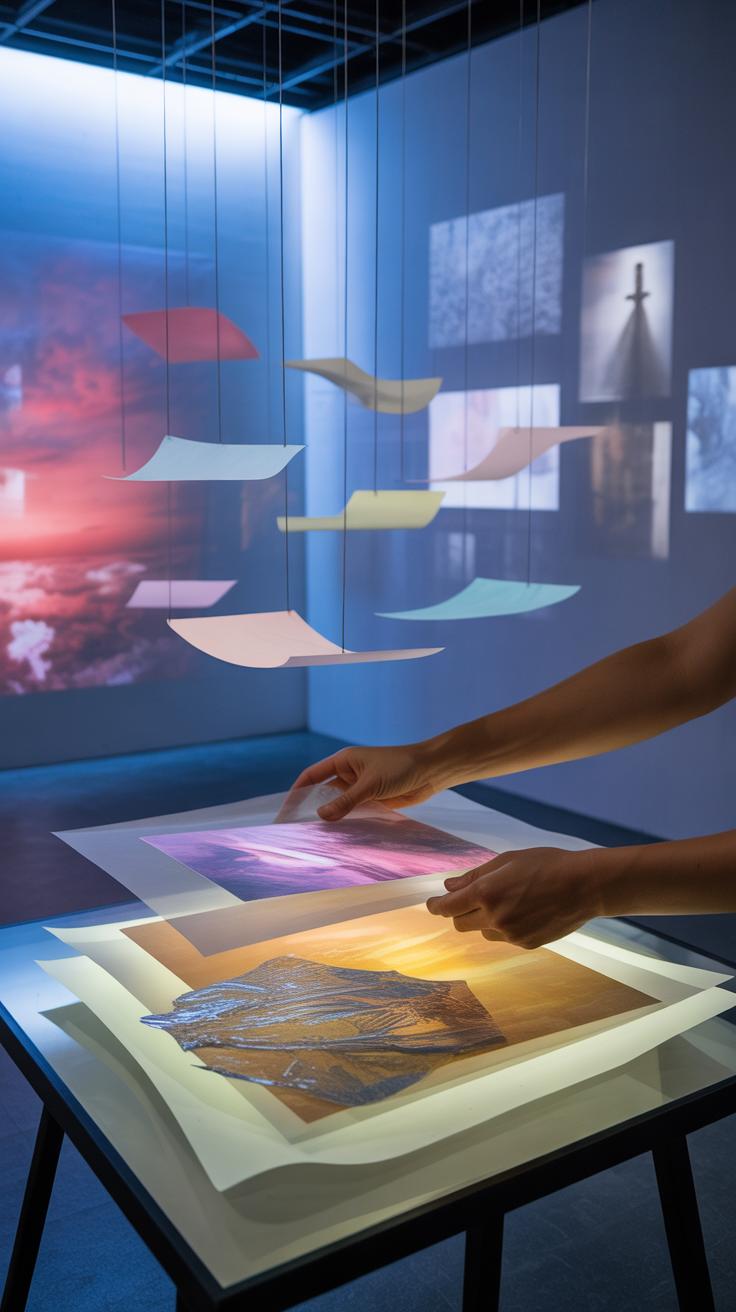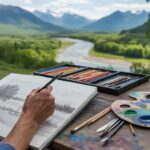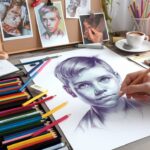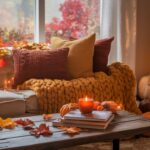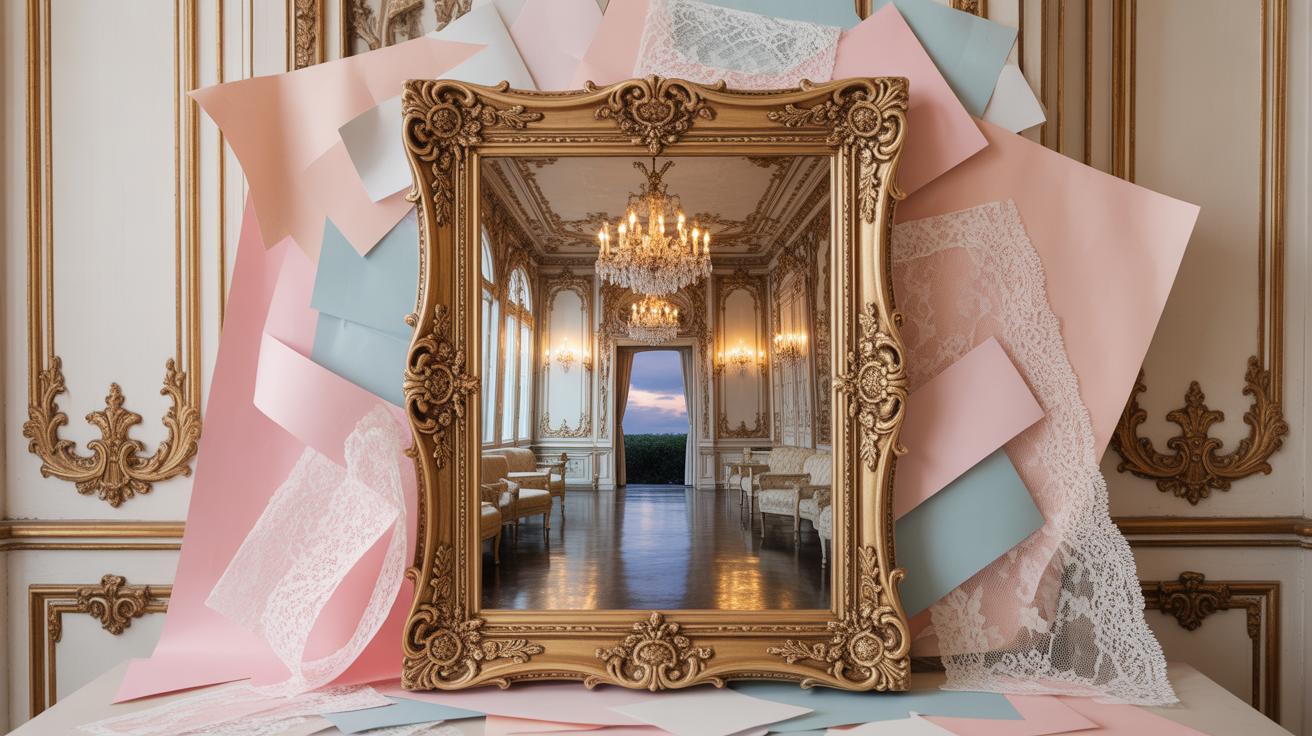
Elegance Of French Rococo Explored Through Mixed Media Art
Introduction
The Elegance Of French Rococo Explored Through Mixed Media Art invites you to explore a richly decorative art style that began in France in the 1730s. This style features intricate designs, soft colors, and many natural motifs. It started as a way to decorate rooms in a lively, theatrical manner and soon spread to other parts of Europe.
Mixed Media Art uses more than one material to create a piece of art. It combines things like paint, cloth, and paper. When mixed media meets the detailed beauty of French Rococo, it creates a fresh way to appreciate this historic style. This article will lead you through this exciting blend of old and new art forms.
History of French Rococo
Origins and Early Development
French Rococo emerged in the 1730s, growing out of a desire to move away from the grandiosity and heaviness of Baroque art. It surprised many by offering a lighter, more playful aesthetic, almost as if the art itself wanted to breathe freely after the intensity of the previous century. This shift reflected changes in French society—there was a growing emphasis on intimacy, comfort, and pleasure among the aristocracy. The style first appeared in the decorative arts, especially within Parisian salons where artists and patrons sought something fresh and less formal.
The influence of the Régence period—between Louis XIV’s reign and Louis XV’s—was key here. During this time, the rigidity of Baroque softened, and tastes changed toward elegance and whimsy. This context shaped Rococo’s development, making it feel less like a strict movement and more like a response to the social desire for charm and ease.
Spread Across Europe
From France, Rococo quickly spread to other parts of Europe, but didn’t remain static. In Germany and Austria, for example, the style took on more ornamental and dramatic qualities, often blending with local traditions. Italy adopted Rococo in architecture and decorative sculpture in a somewhat softer form—less extravagant than in France but equally delicate.
Interestingly, England embraced Rococo cautiously. It appeared mostly in interior design and porcelain rather than architecture, reflecting English preferences for restraint and order. Still, the flowing curves and lighthearted themes of French Rococo made their mark.
You might wonder why this style didn’t just remain a French phenomenon. The answer lies partly in how adaptable Rococo was. Different regions took its key elements and made them their own, sometimes emphasizing decoration, other times the theatrical or intimate. This spread also prompts questions about cultural exchange: did tastes move because of political ties, or simply personal curiosity among artists and patrons? Likely, it was a bit of both.
Key Characteristics of French Rococo
The visual language of French Rococo feels playful yet deliberate, almost as if every curve and color was chosen to invite you into a world of refined leisure. The style favors sweeping, sinuous curves that avoid straight lines, creating a sense of movement and lightness. You might notice how walls and furniture seem to flirt with asymmetry, breaking from earlier, more rigid designs.
Pastel shades dominate—soft blues, pinks, creams, and greens—but these colors never feel flat. They bring a gentle radiance, often paired with delicate gilding that adds subtle depth. And then there are the natural motifs: shells, vines, flowers, and leaves scatter throughout, not just as decoration but woven into the very spirit of the piece. These organic forms pop up everywhere, from carved woodwork to painted ceilings.
In terms of architecture and interiors, Rococo spaces often surprise. Complex floor plans make rooms flow into one another effortlessly. You might step into a salon where mirrors and illusionist frescoes extend boundaries, tricking your eye. These theatrical interiors don’t just show off wealth—they invite you to experience a fantasy. The play with light, reflections, and sometimes surprising details creates immersive environments that feel both intimate and expansive.
Have you ever wondered why the style often avoids symmetry? It’s as if Rococo finds beauty in imperfection, a bit like nature itself. Such nuances make the style hard to pin down, but also endlessly intriguing.
Introduction to Mixed Media Art
You might wonder what exactly mixed media art is, especially if you’ve heard about multimedia art and thought the two were similar. Mixed media art is about combining different materials in one single artwork. Unlike multimedia, which often incorporates time-based elements like video or sound, mixed media tends to stay within the physical realm, intertwining textures, objects, and traditional media on one canvas or surface.
Imagine an artwork where paint meets fabric, paper scraps, maybe even bits of wood or metal. This blending is what defines mixed media. It’s not just about piling items together; it’s an intentional fusion to create new visual language.
What is Mixed Media Art
At its core, mixed media art challenges the boundaries of traditional art forms. Rather than relying on a single technique, it layers materials—a painted canvas might feature glued paper (collage), little found objects stuck on (assemblage), or even textured elements that pop out in three dimensions.
Think of artists like Robert Rauschenberg. He built his pieces by assembling everyday items, photographs, and paint. You might find a mixed media piece using old book pages and thread combined with watercolors. Each component adds its own story.
Materials Commonly Used
The list of materials is broad, sometimes surprising. Commonly you’ll find:
- Paper — from newspapers to handmade sheets
- Cloth — fabric scraps or lace
- Paint — acrylic, oil, or watercolor
- Wood — thin panels or fragments
- Found objects — buttons, metal bits, leaves
Often, the artist’s choice to include unusual or discarded items gives the work a tactile quality, inviting touch or closer inspection. There’s an immediacy, a layering of meaning, when materials interact this way.
So, when you next see a piece that’s not just paint on canvas but includes seemingly random bits stuck to it, you might be looking at mixed media. It’s a way art grows beyond traditional limits, allowing texture, depth, and narrative to overlap.
The Relationship Between Rococo and Mixed Media
The Rococo style, with its emphasis on delicate ornamentation and swirling forms, seems almost made for mixed media art. Its detailed flourishes, curves, and pastel hues invite artists to explore texture and materials beyond traditional paint on canvas. Mixed media offers a kind of freedom to express that intricacy in tangible ways you might not get from single mediums alone.
When you think about Rococo’s complex motifs—shells, flowers, gilded scrolls—there’s a natural appeal in layering paper, fabric, and even found objects to echo those shapes. It brings the style off the page, turning flat decorations into something you can almost touch. Some artists manage to capture this sense of movement and lightness just by combining different surfaces and techniques. It’s fascinating to see how Rococo’s playfulness translates into modern hands.
Bringing Rococo Details to Life
Mixed media allows you to experiment with textures that mimic Rococo’s intricate decorations. Imagine using lace or embossed papers to capture the delicate filigree seen in 18th-century interiors. Adding metallic leaf or foil can recreate that soft shimmer of gold accents common in Rococo furnishings.
Artists often layer paint with fabric, plaster, or even tiny beads to suggest depth and richness. It’s not just about replicating design but evoking the feeling of luxury and whimsy through materials. This hands-on approach makes those ornate patterns feel alive rather than static. It reminds me of handling an old, heavily decorated frame—there’s a sensory aspect that mixed media can tap into more directly than a simple brushstroke.
Modern Interpretations
Contemporary artists sometimes take Rococo’s elaborate style and twist it in unexpected ways using mixed media. Some blend graffiti or street art with Rococo motifs, creating unusual contrasts between the refined and the raw. Others incorporate digital prints alongside traditional elements, challenging ideas about authenticity and craft.
There’s also a trend of deconstructing Rococo’s complexity—pulling apart its motifs and rearranging them with collage, or applying them to unexpected subjects like urban scenes or abstract forms. This raises interesting questions about how Rococo can speak to current sensibilities without losing its original charm. It’s almost like the style is both a source of inspiration and a canvas for critique, depending on the artist’s approach.
Techniques in Mixed Media Inspired by Rococo
Capturing the essence of Rococo in mixed media often starts with embracing its hallmark fluidity and elaborate details. The style’s curves and asymmetry invite artists to experiment with forms that don’t necessarily follow strict rules. When working with various materials, you might notice how edges drift and swirl, mimicking those whimsical shapes found in Rococo furniture or paintings. It’s less about precision and more about recreating movement and subtle imperfection.
Layering becomes a powerful technique here. By stacking different textures—like delicate papers, fabric scraps, or paints—you can build depth that echoes Rococo’s ornamental richness. The tactile quality produced by these layers feels almost tactile, like you want to reach out and trace the patterns. Sometimes, the materials may overlap unevenly, but that irregularity actually mirrors the natural complexity of Rococo decor. One time, I layered tissue paper with acrylics, and the wrinkles added an unexpected liveliness.
Natural motifs play a big role too. Incorporating floral designs or shell shapes can be achieved through stencil work, embossing, or even collage. Using pressed flowers or molding clay forms for small shell decorations adds a subtle three-dimensional element that feels true to the period. I find that combining painted details with actual found objects brings that delicate Rococo nature into the realm of the tangible. You might wonder how far you can push this blending before it feels overwhelming—but that tension is what keeps it interesting.
Famous French Rococo Artists and Their Influence
Leading Figures
Jean-Antoine Watteau often comes to mind when thinking about French Rococo. His paintings capture fleeting moments full of grace and movement—scenes with elegant figures in lush gardens, caught in dances or quiet conversations. Watteau’s use of light and delicate color palettes feels almost like a visual whisper, drawing you softly into the scene.
Then there’s François Boucher, whose work takes Rococo’s playful side to another level. His paintings often mix mythological subjects with earthly pleasures, filled with curves and elaborate decoration. Boucher wasn’t shy about sensuality—his portraits and pastoral scenes bring a kind of theatrical joy that still feels fresh, if sometimes a bit overwhelming.
Both artists, though very different in tone, shaped how Rococo looked and felt, emphasizing elegance and intimacy over grandiosity. Their brushstrokes and subjects have trickled through art history, influencing countless creators beyond their time.
Legacy in Contemporary Art
Look closely at many mixed media artworks today, and you’ll spot echoes of Watteau’s light touch or Boucher’s ornate details. Artists often borrow Rococo’s love for asymmetry and natural motifs—but they mix these with unexpected materials or bold textures to create new statements.
Sometimes it’s a delicate lace overlay or floral elements collaged onto canvas, other times, a whimsical nod to Rococo’s fanciful spirit expressed through layering or digital elements. It’s interesting—Rococo’s elegance can feel both soft and complex, a paradox that many contemporary artists explore by breaking the rules first established centuries ago.
In a way, these artists invite you to experience Rococo not just as history but as living inspiration. What aspects of their work might spark your own creativity? The answer may not be simple, but that’s part of the appeal.
Creating Your Own French Rococo Mixed Media Art
When it comes to making mixed media art inspired by French Rococo, your choice of materials sets the tone. Start with soft, delicate papers—think vintage book pages or light fabrics—that echo Rococo’s affinity for texture and layers. You might want to add lace or small pieces of ribbon, which capture that ornamental finesse without feeling overwhelmed. Paints should lean toward pastel tones: pale pinks, blues, and greens. Don’t shy from metallic accents, like gold leaf or bronze powders. They bring that subtle sheen Rococo interiors often have.
Composing your piece calls for attention to detail. Try focusing on swirling lines or natural motifs—flowers, leaves, tiny shells. The key isn’t strict symmetry but a balanced complexity that invites the eye to wander. Experiment with overlapping materials, letting some edges remain rough or uneven. This adds a more human touch, a bit unplanned—much like the Rococo style itself. Would your work lean more decorative or more narrative? Either way, layering is your friend here.
One tip I keep returning to is to work slowly. Build your piece over several sessions rather than rushing. Sometimes, stepping back after adding a cluster of delicate elements helps you decide if the piece feels too crowded or just right. Don’t hesitate to incorporate small found objects—buttons or miniature frames—and see how their histories play with the artwork’s elegance.
The Impact of French Rococo in Modern Design
French Rococo still whispers through today’s design world, showing up in ways you might not immediately notice. In interiors, its swirling lines and ornate details surface in soft curves of furniture and decorative moldings. You may find a rococo-style mirror or a delicate chandelier lending a light, airy feel amid minimalist settings. These elements don’t dominate but rather add a layer of subtle elegance.
Fashion borrows freely from Rococo—think intricate embroidery, floral patterns, and the playful use of pastel tones. Jewelry designers pull from rococo motifs too, featuring curls, shells, and leaves in delicate filigree work that captures that historic finesse. Contemporary artists, blending styles, often use rococo’s ornamental style to contrast with modern imagery, creating pieces that feel both familiar and surprising.
It’s curious how something born centuries ago still shapes what we wear and how we live. Maybe it’s the Rococo’s balance of complexity and lightness that keeps pulling designers back, even if just for a moment. Do you see traces of Rococo in spaces or styles around you? What do you think makes it stick around?
Future of French Rococo Mixed Media Art
The fusion of Rococo’s delicate ornamentation with mixed media techniques opens a fascinating path forward. Artists today are experimenting beyond traditional canvases, blending digital elements with classic materials like gold leaf, porcelain fragments, or lace. This approach redefines Rococo, making it more accessible and perhaps even a bit unpredictable.
New tools are shaping this evolution. 3D printing can replicate intricate Rococo flourishes in unexpected textures. Augmented reality adds layers of movement and light, turning static pieces into immersive experiences. Imagine a Rococo frame that subtly shifts or unfolds in response to viewer interaction—it’s almost like the era’s playfulness given a new voice.
For young creators, this blend offers real freedom. You’re encouraged not just to preserve aesthetics but to question and expand them. How might you mix painted brushstrokes with virtual designs? What about using recycled materials to echo Rococo’s elaborate charm, but in a contemporary, eco-conscious way? These choices could define a new wave of Rococo mixed media.
If you’re thinking of stepping into this space, remember: the past isn’t a strict rulebook. It’s a starting point—a chance to bring something fresh. The materials are many, the methods varied. And maybe, just maybe, you’ll discover a way to make the old feel entirely new again.
Conclusions
Looking back at French Rococo and mixed media art together shows us how art can grow and change. The ornate styles of Rococo inspire modern artworks that use many materials. You have learned about the rich history of Rococo, its details, and how artists combine styles today.
As you explore this art form, think about how you can mix different materials to create your own style. This blend of Rococo’s elegance and the creativity of mixed media offers endless chances for discovery. Your own art journey could begin with these ideas.
